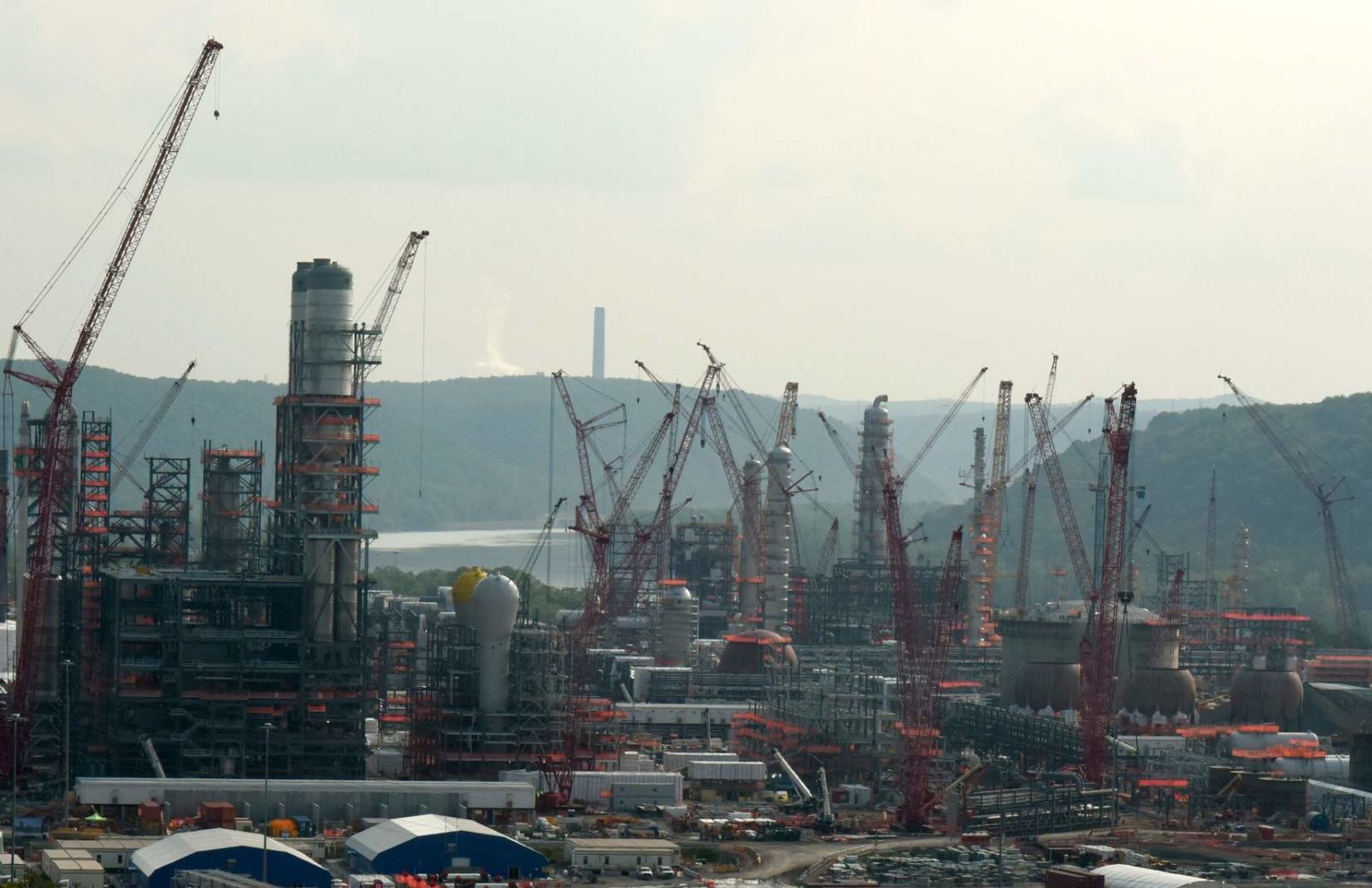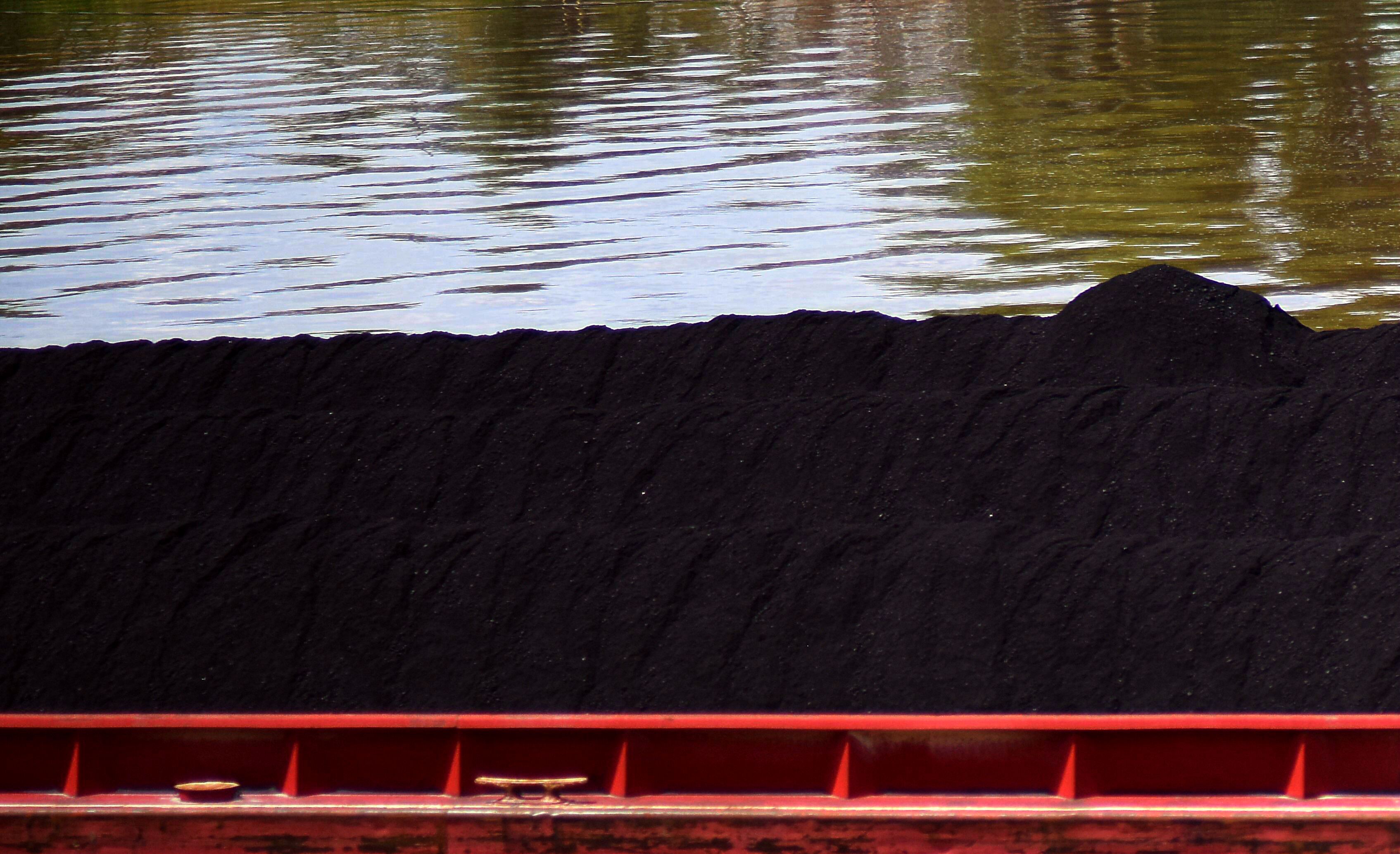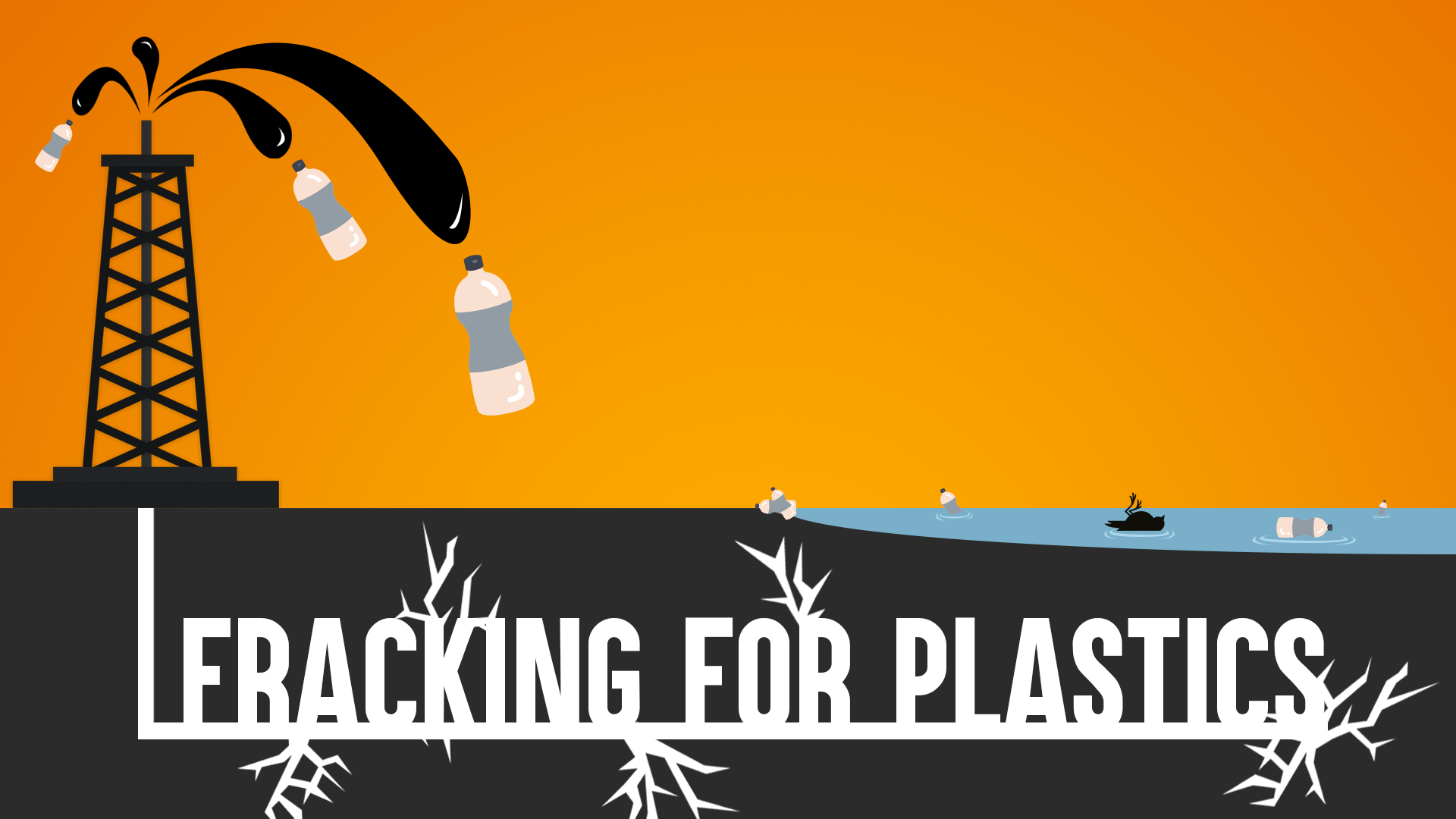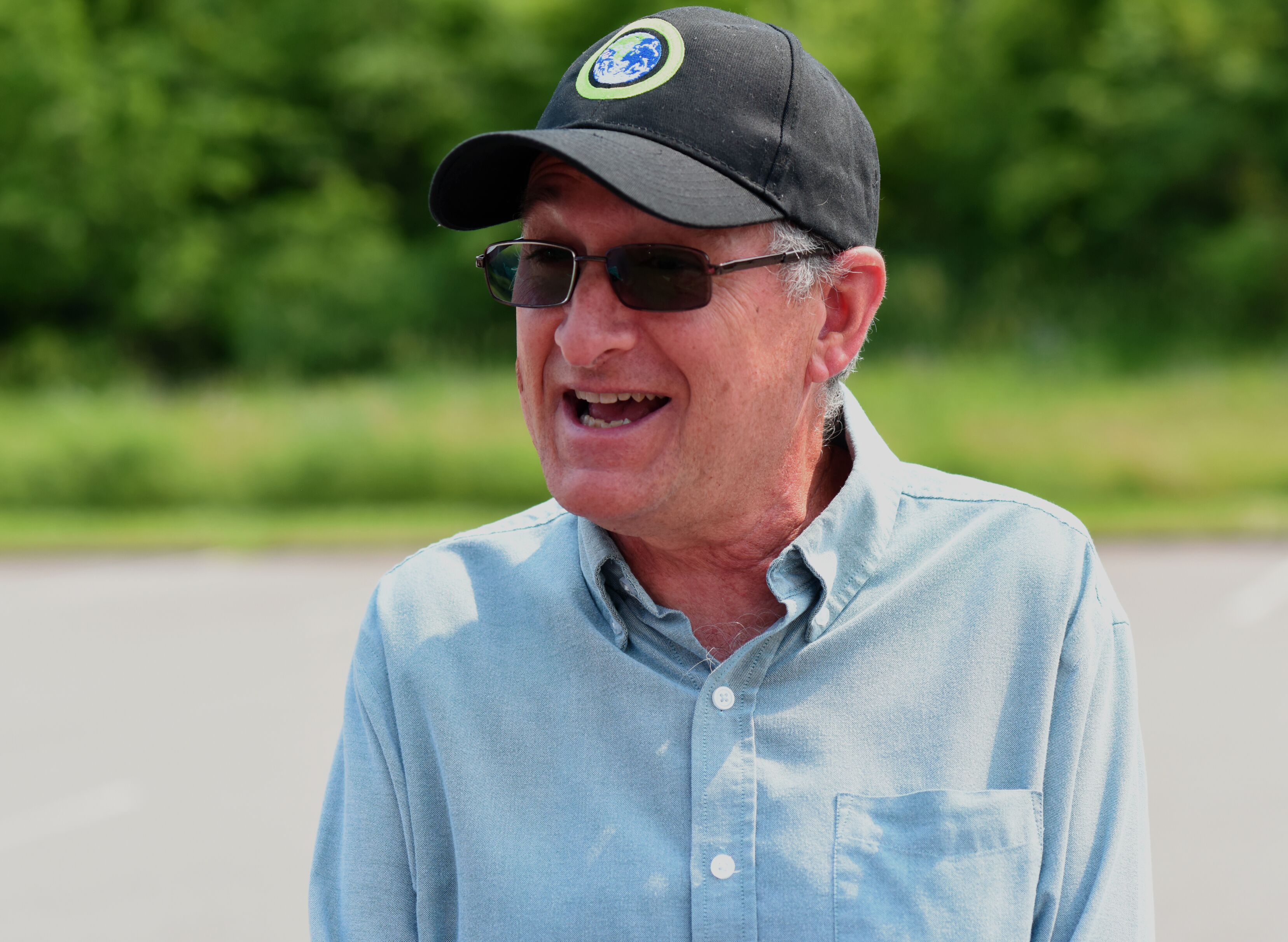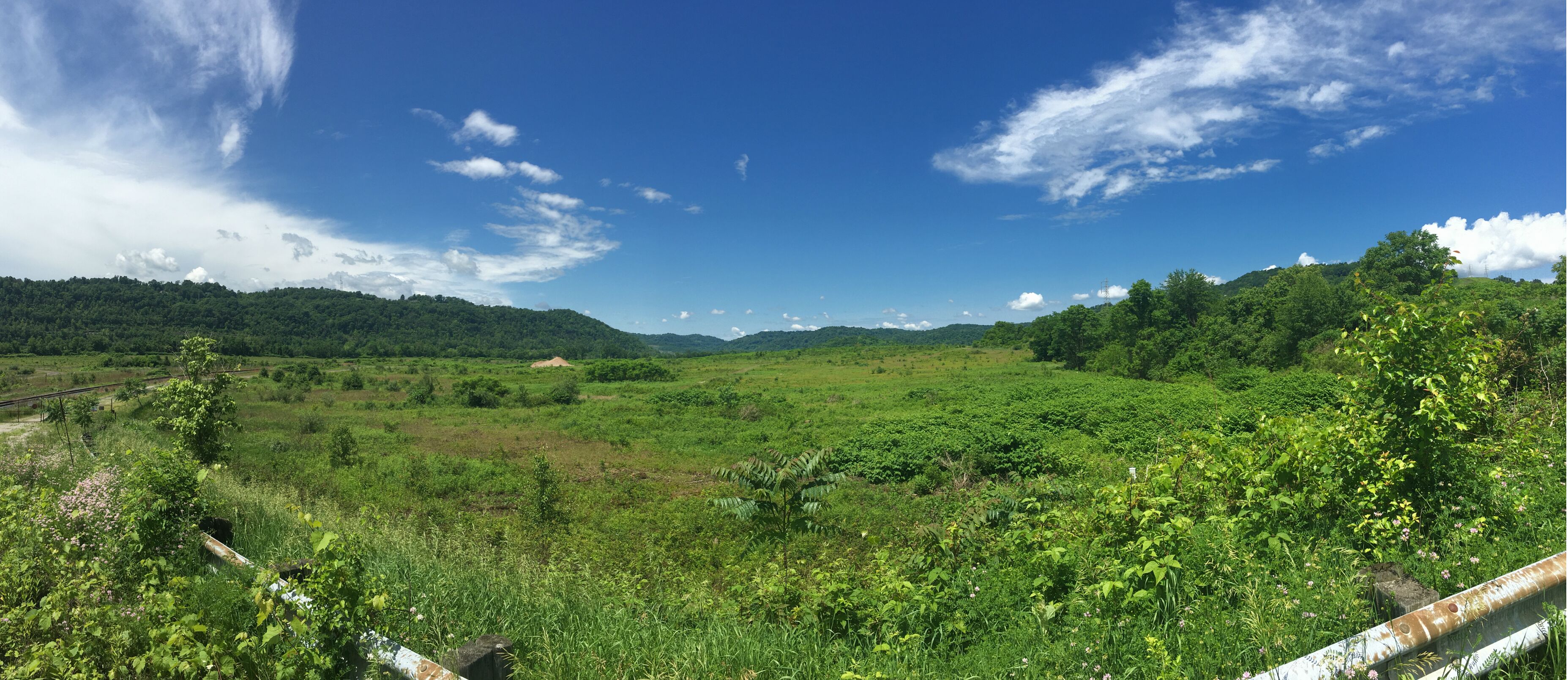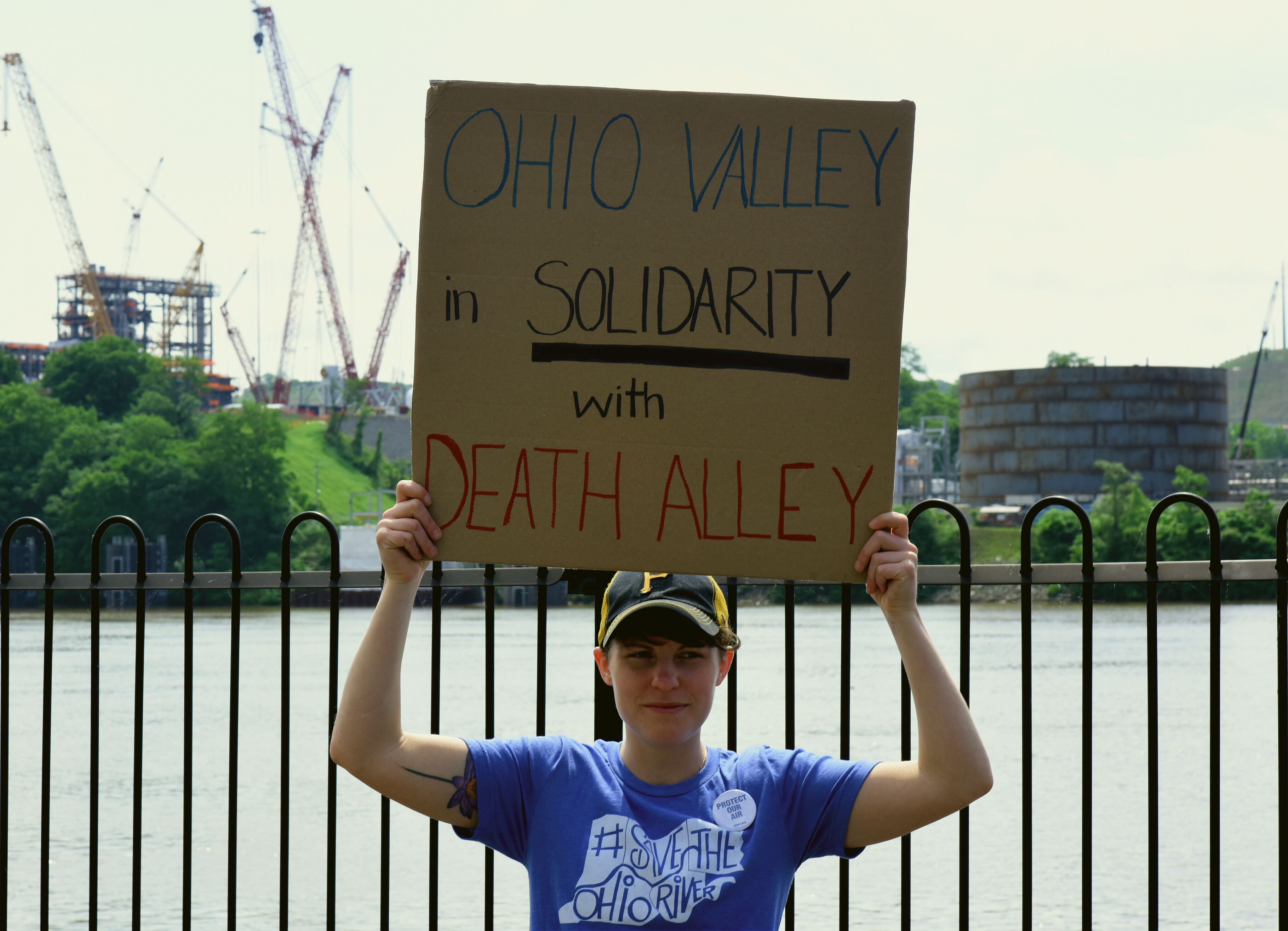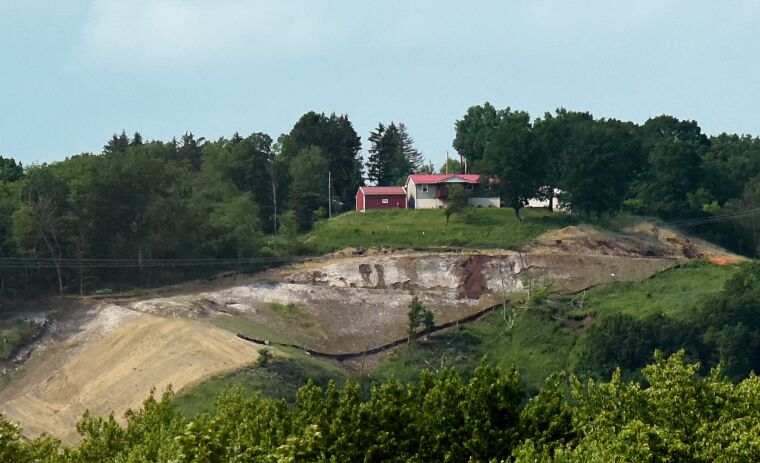Tomorrow, June 6, in Covington, Kentucky, a routine quarterly meeting of the Ohio River Valley Water Sanitation Commission (ORSANCO), an eight-state compact responsible for setting water pollution control standards for the 981-mile Ohio River, is expected to fall under unusual scrutiny from both industry and environmentalists.
ORSANCO is considering a proposal to make its water pollution standards — designed to coordinate pollution rules the length of the river — voluntary amid a brewing battle over the fate of a river that’s both the source of drinking water for 5 million people and central to the petrochemical industry’s plans for a new fossil-fueled plastics manufacturing network.
In February, ORSANCO backed away from a 2018 plan to simply stop issuing regional pollution control standards for the Ohio River, which has for years topped the list of the nation’s most polluted rivers. Now, environmental groups warn, ORSANCO’s compromise solution could let states decide whether or not to accept ORSANCO’s water quality rules.
“If the agency chooses to go that route during its June 6 meeting in Covington, Kentucky,” Rich Cogan, executive director of the Ohio River Foundation wrote in a Cincinnati.com op-ed, “the result would be conflict among states, different compliance standards for businesses in different states and increased costs for utilities, businesses, and consumers for treatment of increased pollution due to weaker standards.”
Ohio River Meets Petrochemical Plans
The Ohio River Valley may have outsized importance for the fossil fuel industry, which has laid plans for a massive build-out of petrochemical facilities on the banks of the Ohio, including a Royal Dutch Shell plastics plant currently under construction in Potter Township, Pennsylvania.
The petrochemical industry often selects sites that are along waterways like the Ohio River, in part because builders can use barges to bring in large equipment and plant components by water rather than on roads. Shell, for example, was able to ship in 42 100-foot long aluminum silos by barge in October 2018, part of construction underway at Shell’s Potter Township plastics plant.
Oil and gas executives predict that even if demand for fossil fuel energy falls amid concerns over climate change, demand for plastics and petrochemicals will remain a growth area for the industry. “Unlike refining, and ultimately unlike oil, which will see a moment when the growth will stop, we actually don’t anticipate that with petrochemicals,” Royal Dutch Shell upstream director Andrew Brown said in March 2018.
The impacts from construction will reach far beyond the waters of the Ohio River.
A barge hauls coal in the Ohio River on June 1, 2019. The Ohio River is currently lined with power plants fueled by coal and nuclear power, coal mines, and existing petrochemical and natural gas industry sites. Credit: © Laura Evangelisto, 2019.
In the Ohio River Valley, 128 plants are part of the planned or existing petrochemical build-out, according to a recent report by the Center for International Environmental Law, which tallied over 21.8 million tons of greenhouse gas emissions a year from air permits issued for 38 of those plants in Pennsylvania, Ohio, West Virginia, Kentucky, Indiana, and Illinois.
Climate scientists have warned that natural gas infrastructure leaks the greenhouse gas methane at a high rate — so much that burning natural gas for power can be worse for the climate than burning coal. The petrochemical and liquefied natural gas (LNG) expansions also carry a significant climate impact.
“A rapid spiraling up of supply and demand for polluting fossil fuels at just the moment we must be turning decisively away from them would be disastrous for our planet,” said Dr. Robert Howarth, a professor of ecology and environmental biology at Cornell University who has published landmark research on methane leaks and climate change.
Expanding Natural Gas, Expanding Plastics Production
This story is part of Fracking for Plastics, a DeSmog investigation into the proposed petrochemical build-out in the Ohio River Valley and the major players involved, along with the environmental, health, and socio-economic implications.
In addition to the petrochemical expansion in the Ohio River Valley and along the Gulf Coast, industry plans a massive expansion of natural gas-fired power plants and export terminals, a Food and Water Watch report issued today said. “The power industry has 364 new [natural] gas-fired power plants under development for 2018 to 2022,” the report said, adding that the plastics and petrochemical industries are expanding so rapidly that “[b]etween 2011 and 2017, U.S. petrochemical production added 14 million tons of production capacity — by 2020, the United States will add another 14 million tons.”
That expansion impacts those living near the plants. “The Gulf Coast has some of the highest pollution levels and pollution-related illnesses and diseases, and the Tri-State region [of Ohio, West Virginia, and Pennsylvania] already faces stark environmental and associated public health challenges from a century of industrial pollution,” Food and Water Watch wrote.
The petrochemical industry is also pursuing a petrochemical build-out in the Gulf Coast states of Texas and Louisiana, in an area called the Petrochemical Corridor by industry and dubbed Cancer Alley — and even “Death Alley” — by locals.
“To me, this feels like an invasion,” said Terrie Baumgardener, who lives in the Ohio River Valley six miles from Shell’s plastics plant.
“In 2010 I started reading about fracking and like many others, I initially thought this might be something good for Beaver County, which is economically depressed,” Baumgardener, a member of the Beaver County Marcellus Awareness Community. “It didn’t take me but a few weeks to realize that was a wrong-headed notion.”
Baumgardener spoke on a bus tour organized by the Ohio Valley Environmental Coalition, the Climate Reality Project, FracTracker Alliance, and the Breathe Project.
A petrochemical build-out will bring significant public health impacts, public health advocates say.
“Your doctors, my doctors, your children’s doctors are worried about the pollution and the impact on their patients’ health,” said Dr. Ned Ketyer, a pediatrician who serves on the board of Environmental Health Project and is a member of Physicians for Social Responsibility.
Dr. Ned Ketyer spoke about the health impacts of a planned petrochemical expansion in the Ohio River Valley on June 1. Credit: © Laura Evangelisto, 2019.
“There’s a long history of industrial development centering around fossil fuel extraction,” Dr. Ketyer said, describing coal mining’s arrival in Pittsburgh in 1760, the first oil well in Titusville a century later, and then the arrival of the shale gas rush and fracking around 2009. “So we have a legacy of pollution that we’re dealing with, that we’re still living with.”
Fossil Fuel Plans in Appalachia
In addition to ORSANCO’s water pollution decision, environmental groups are warily eyeing a proposal to build an ethane gas storage hub, which a December U.S. Department of Energy report concluded would support the construction of more massive plastics plants like Shell’s in the Appalachia region. (Ethane is one of the “natural gas liquids,” or NGLs, that come out of natural gas drilling and is used to make products like plastic bags and detergent.)
“The key proposed facility includes the $10 billion Appalachian Storage and Trading Hub, which would include a large underground NGL storage facility and a web of interconnected pipeline infrastructure to connect to petrochemical plants and plastics factories in the Tri-State region — potentially extending into eastern Kentucky (which sits atop the Rogersville shale gas reserve),” the Food and Water Watch report added. “The actual storage facility would be the cornerstone of the entire petrochemical development plan, which could incentivize and draw in additional petrochemical projects to the region.”
Thailand-based PTT Global Chemicals is said to be nearing a final investment decision for a Dilles Bottom, Ohio, ethane facility, roughly the same size as the Shell plant, which would also be built along the banks of the Ohio River.
The field on the banks of the Ohio River where PTT Global Chemical is considering building a second ethane cracker (a type of factory where plastic is made), roughly the size of Shell’s Potter Township cracker. Credit: © Laura Evangelisto, 2019.
“In the valley we have air inversions,” said Bev Reed, who lives in the Ohio River Valley, about 13 miles away from the proposed site of the PTT cracker. “The pollution gets trapped down in the valley.”
“Of course, no one took that into consideration,” Reed said. “The [Environmental Protection Agency] EPA was questioned about that and they didn’t seem to really respond like we would have hoped. They didn’t really say much about that, the air inversions.”
The PTT cracker, Reed predicted, would also require 1,000 shale gas wells to be drilled and fracked in the surrounding region every three to five years to keep it supplied with raw materials. “I got involved because I was concerned about what it would do in my community,” Reed said.
Bev Reed, who lives roughly 13 miles from the site of the proposed PTT cracker, expressed concern about impacts from fracking as well as air pollution from new petrochemical plants like Shell’s ethane cracker, where construction is underway. Credit: © Laura Evangelisto, 2019.
Some in the region say the petrochemical buildout has already directly affected them.
“When I was a child, I used to have a recurring nightmare that the woods behind my house were on fire,” said Karen Gdula, who lives on Ivy Lane in Center Township, Pennsylvania, adding that as an adult she’d bought the house she grew up in, which her parents built.
“And on September the 10th, the vibration of the earth woke me,” she said. “The noise and the hissing and the roaring woke my husband.”
“And when we ran to the window, my nightmare had become a reality,” she continued, “because the woods were on fire in my neighborhood.”
Ivy Lane resident Karen Gdula spoke on a June 1 bus tour about a pipeline explosion in her neighborhood. Credit: © Laura Evangelisto, 2019.
The $1.5 billion Revolution pipeline exploded on the morning of September 10, 2018, unleashing a tower of flame Gdula estimated at 300 feet high. One home, a barn, and several vehicles were destroyed. Her neighbor’s dog and four pet cats were killed, Gdula told the bus tour, and a horse suffered a singed face.
Owned by the same builder as the Dakota Access pipeline, the Revolution pipeline was built to carry gas from Marcellus Shale wells in Pennsylvania to a new cryogenic plant, where the “wet gas,” or natural gas liquids, the feedstocks for petrochemical plants, could be separated from “dry gas,” usually burned for heat and electricity. The pipeline had just gone into service seven days earlier.
“One of my neighbors was fortunate enough to get through [to 911] and actually had to convince the emergency personnel that there was an explosion, because our emergency personnel did not know it was operational,” Gdula said. “There was terror in everyone’s eyes and on everyone’s face.”
Investigators faulted a landslide on the steep slope below Gdula’s neighborhood. It had rained for three days before the explosion, Gdula said, which she credited with preventing the flames from spreading. Since the blast, the pipeline owner, Energy Transfer, has struggled to stabilize the hillside or repair damage to the wetland and stream-rich region. In February, Pennsylvania suspended review on all Energy Transfer permits, citing the pipeline builder’s troubled track record.
“There’s another pipeline coming to our neighborhood,” Gdula said, describing National Fuel Gas Supply Corp.’s 12-inch Beaver County pipeline, which will carry natural gas to power Shell’s ethane-to-plastics plant and will run behind homes that were so close to the Revolution blast that residents reported feeling the heat from the fires. “Needless to say,” Gdula said, “that has made all of us in the neighborhood very, very nervous.”
The hillside where the Revolution pipeline burst last year remains visibly damaged. Credit: © Laura Evangelisto, 2019.
Follow the DeSmog investigative series, Fracking for Plastics, and get your questions answered with our Field Guide to the Petrochemical and Plastics Industry
Main image: Shell’s Potter Township ethane cracker construction on June 1, 2019. Credit: © Laura Evangelisto, 2019.
Subscribe to our newsletter
Stay up to date with DeSmog news and alerts


